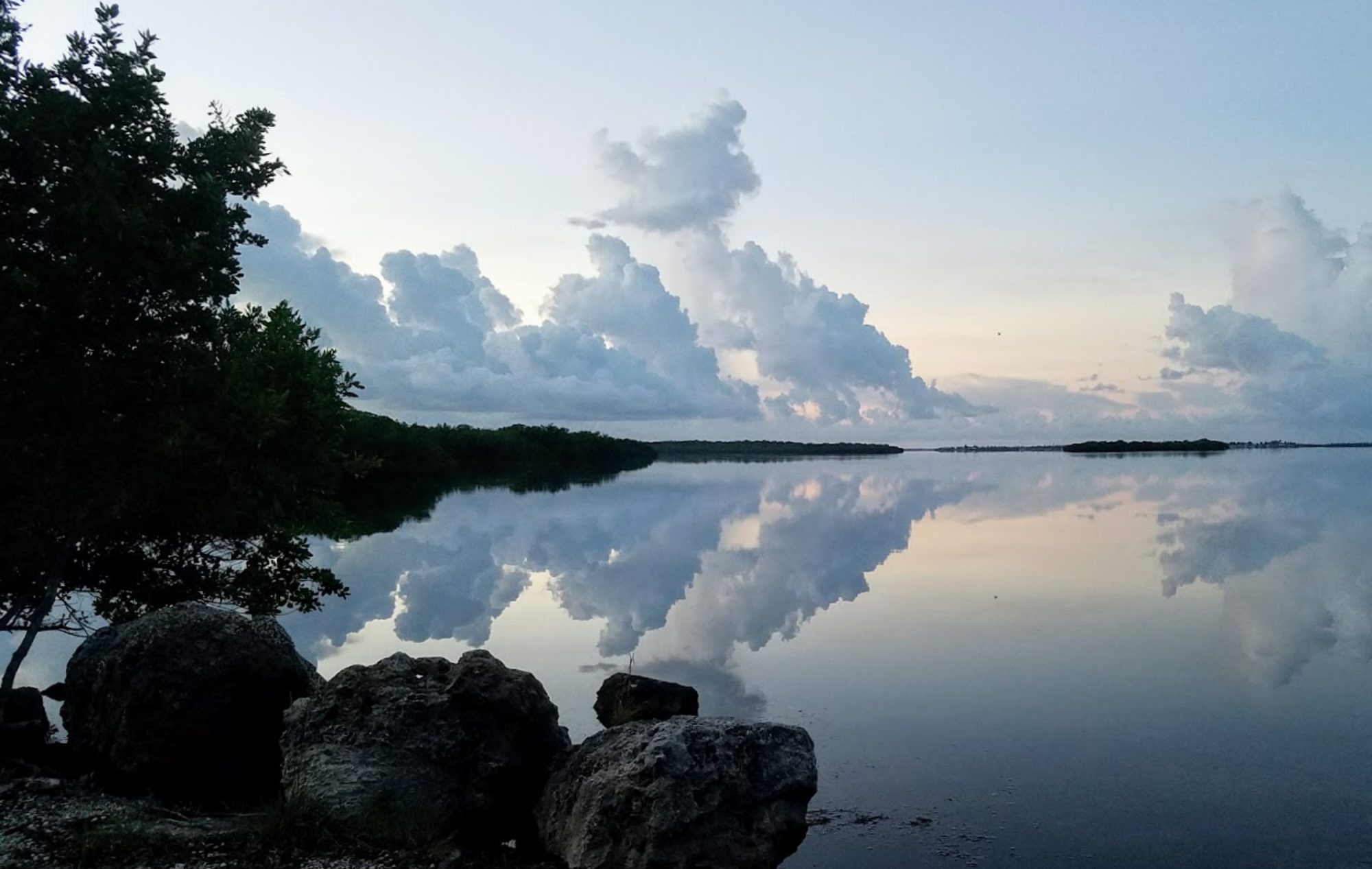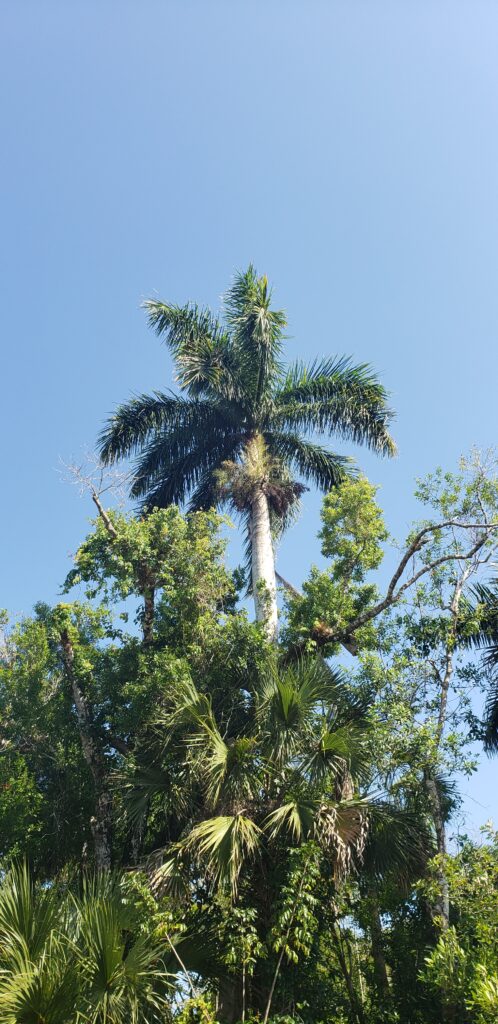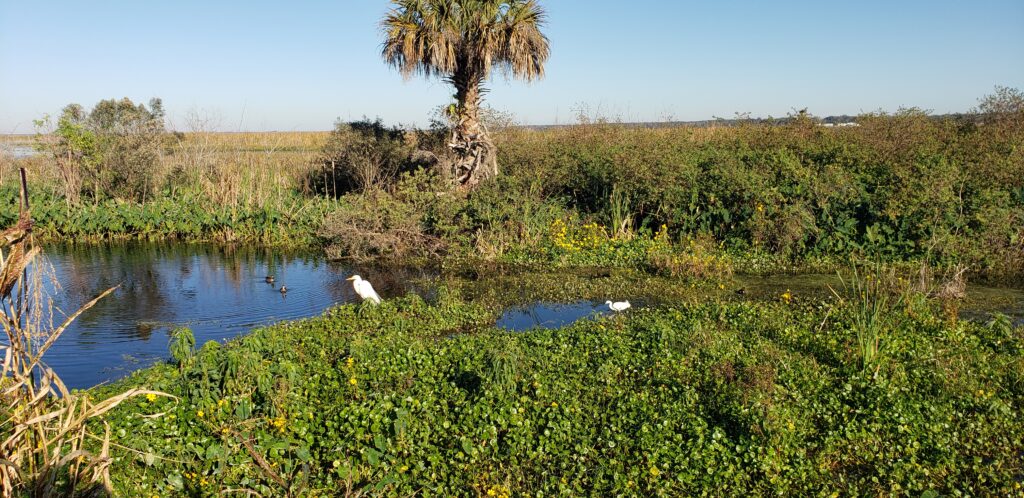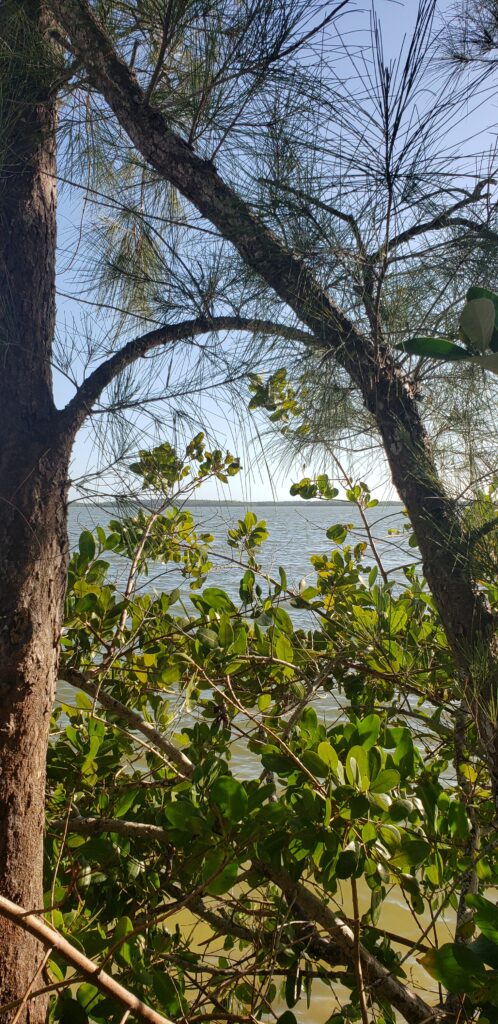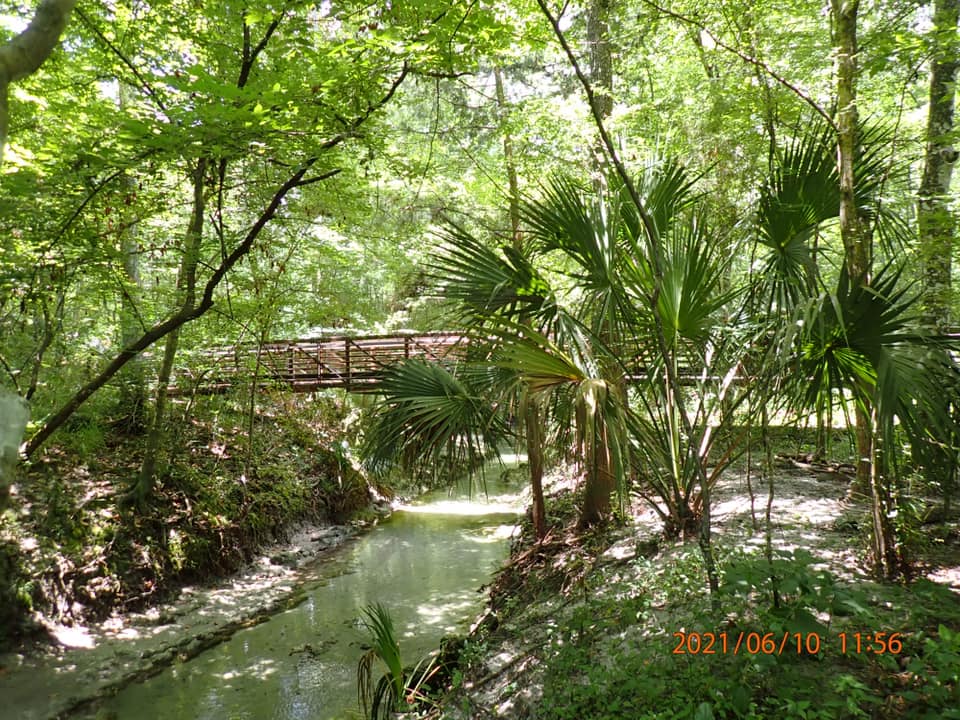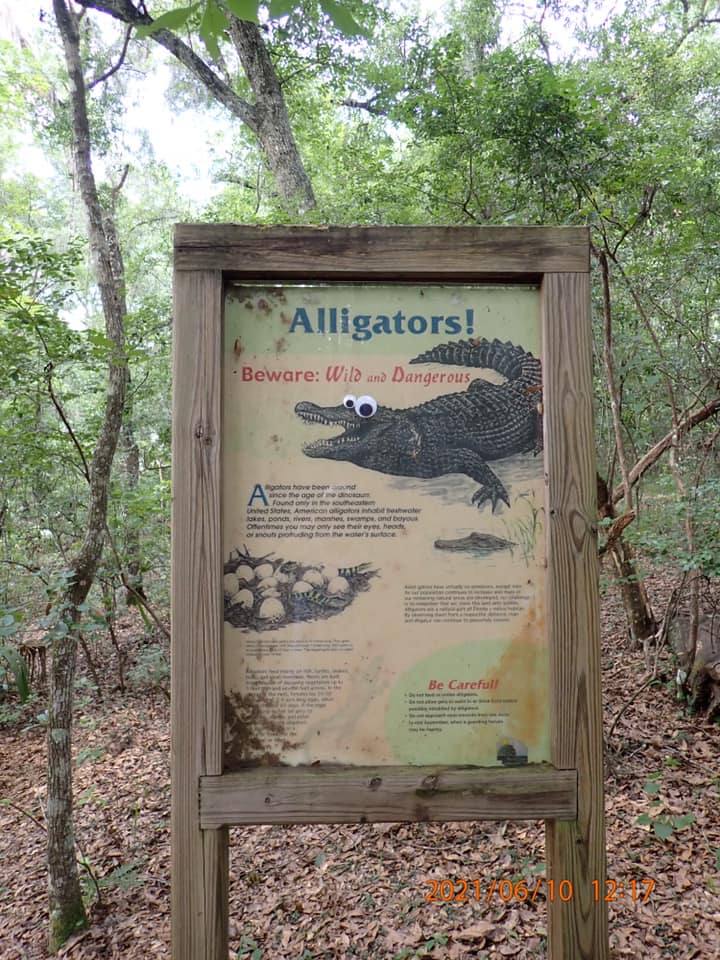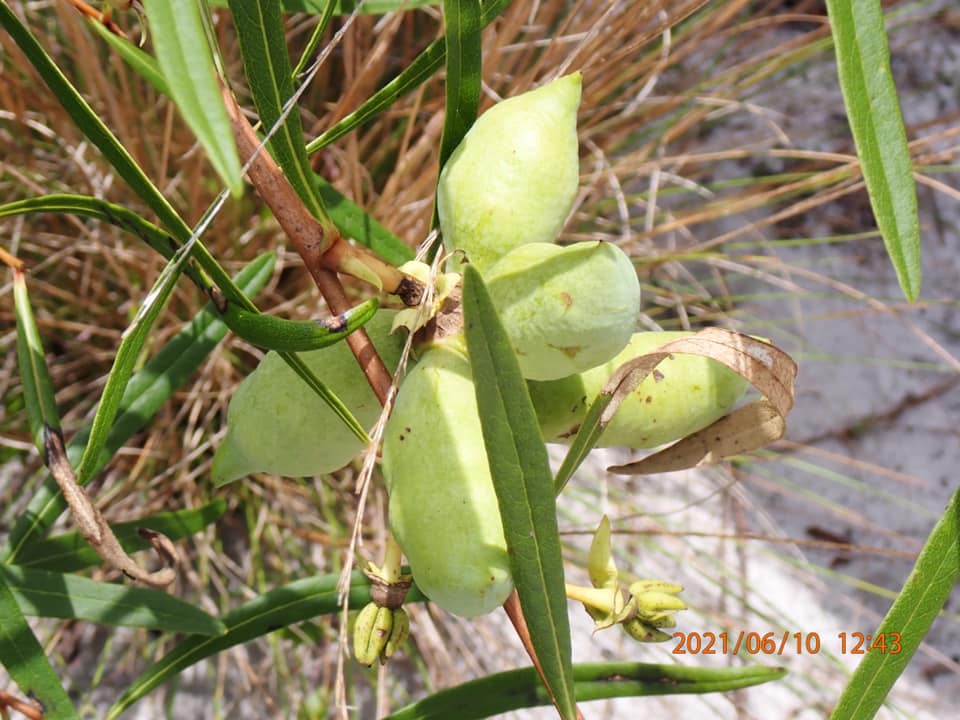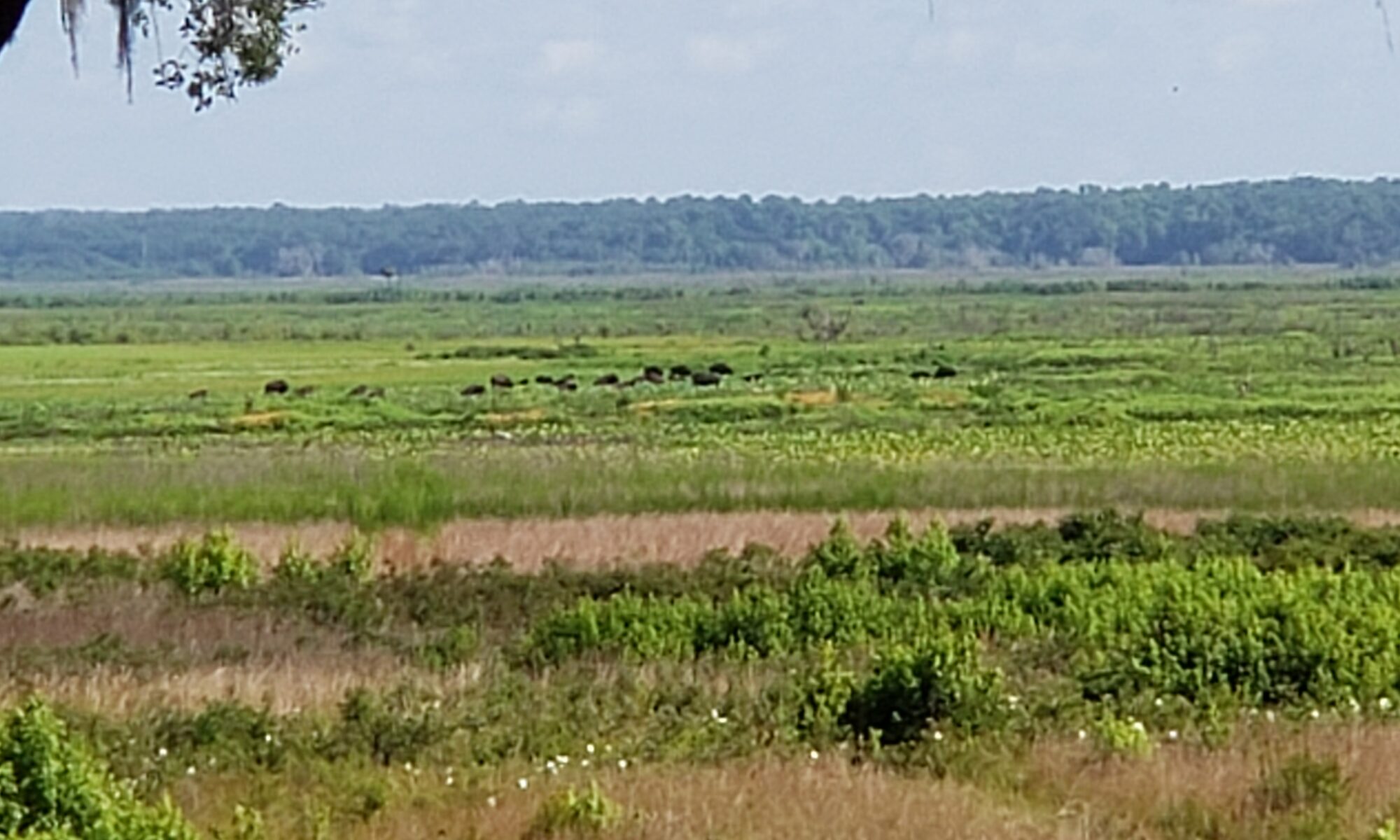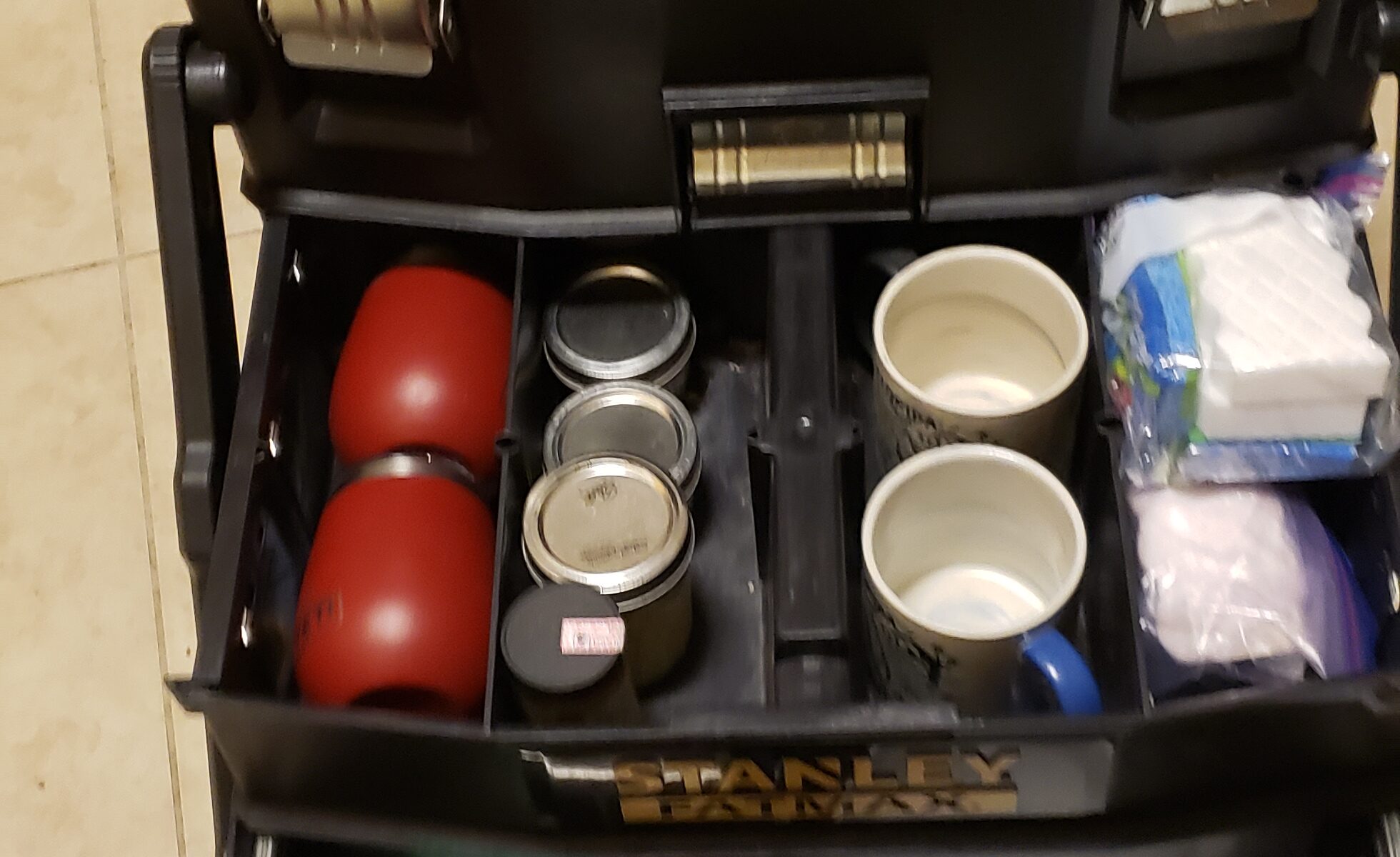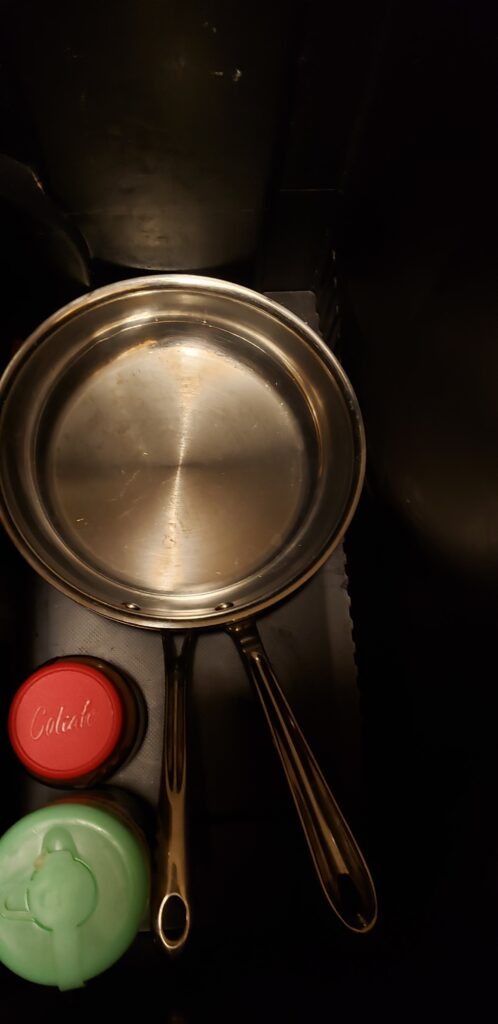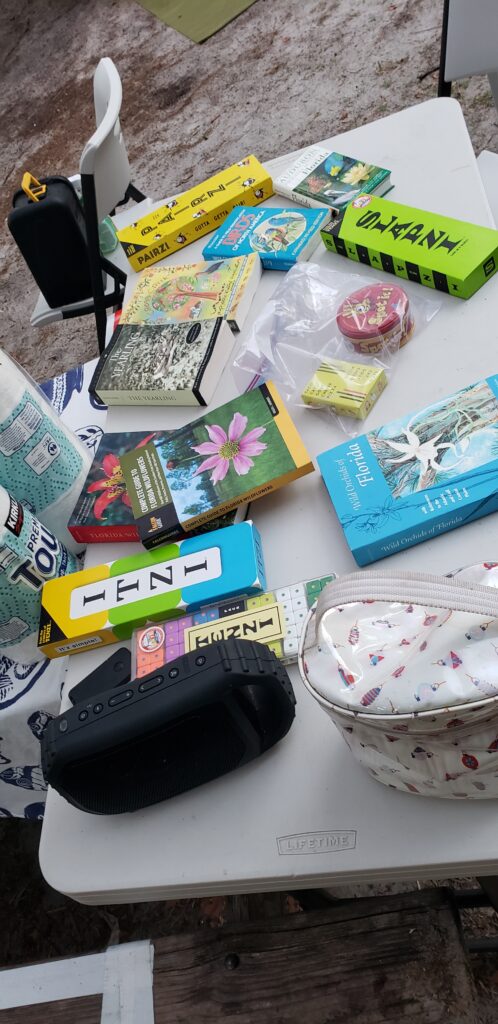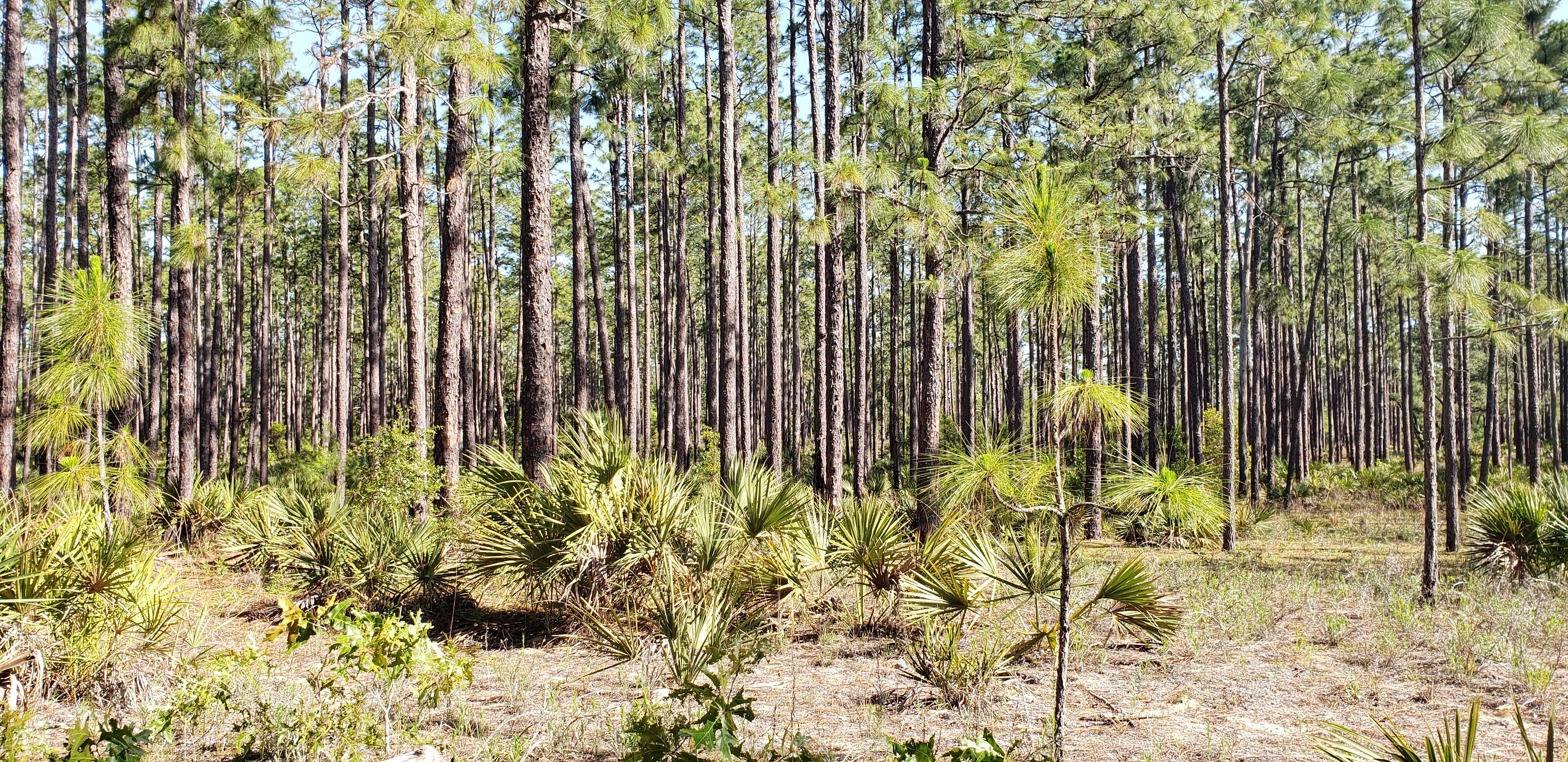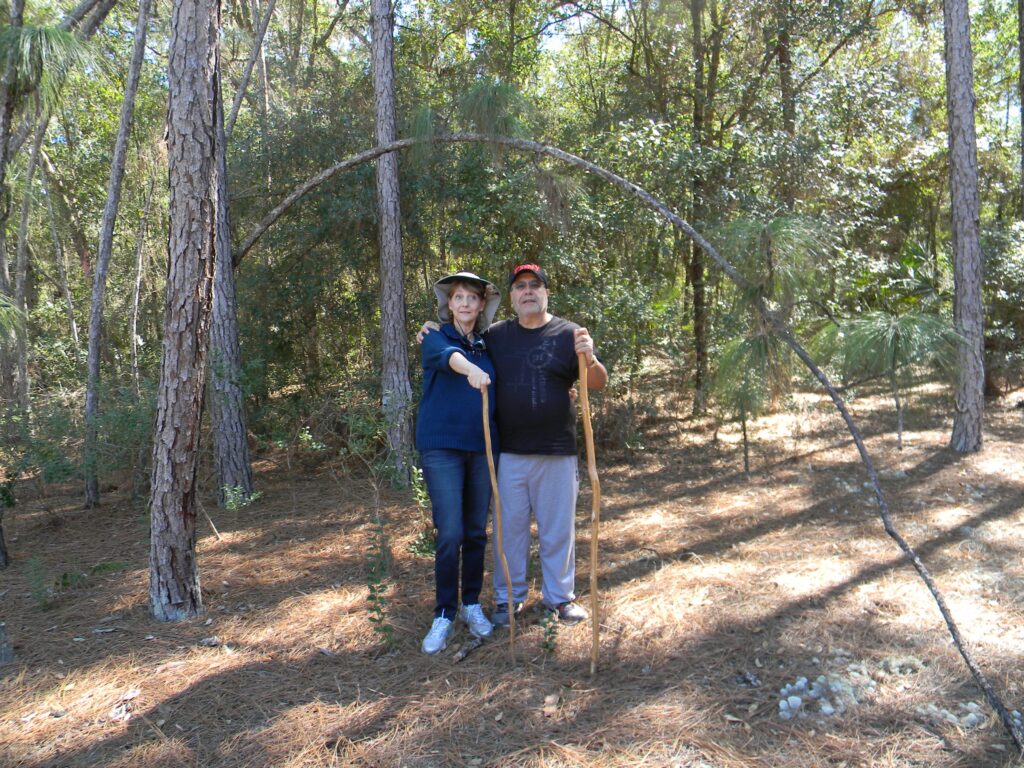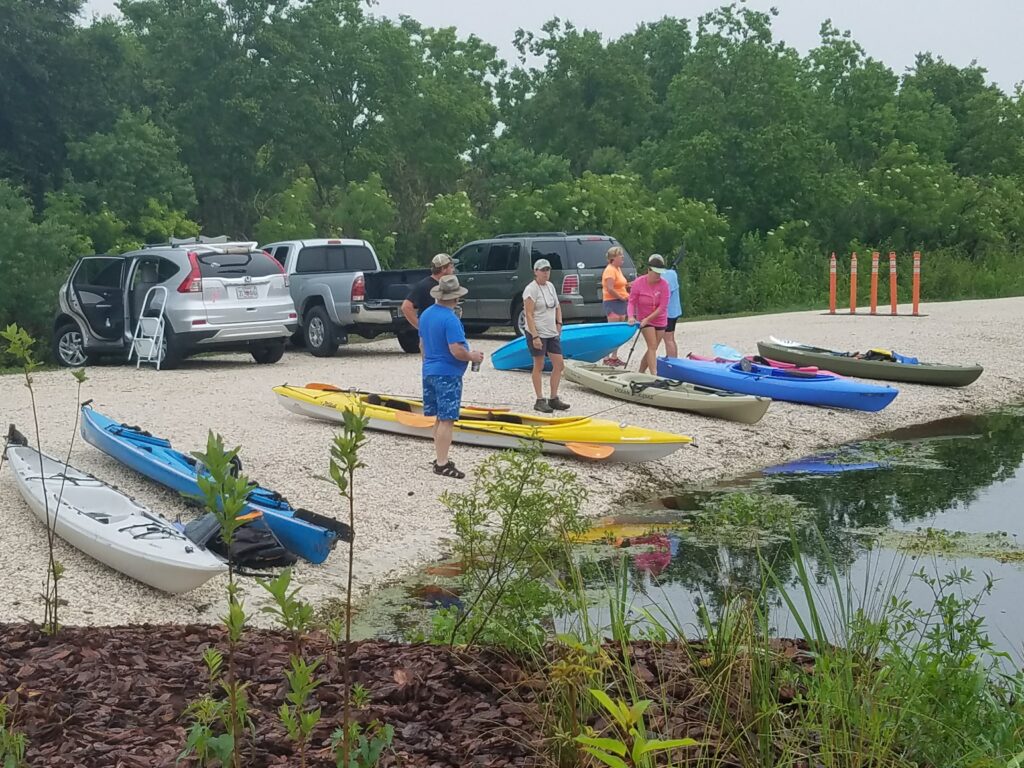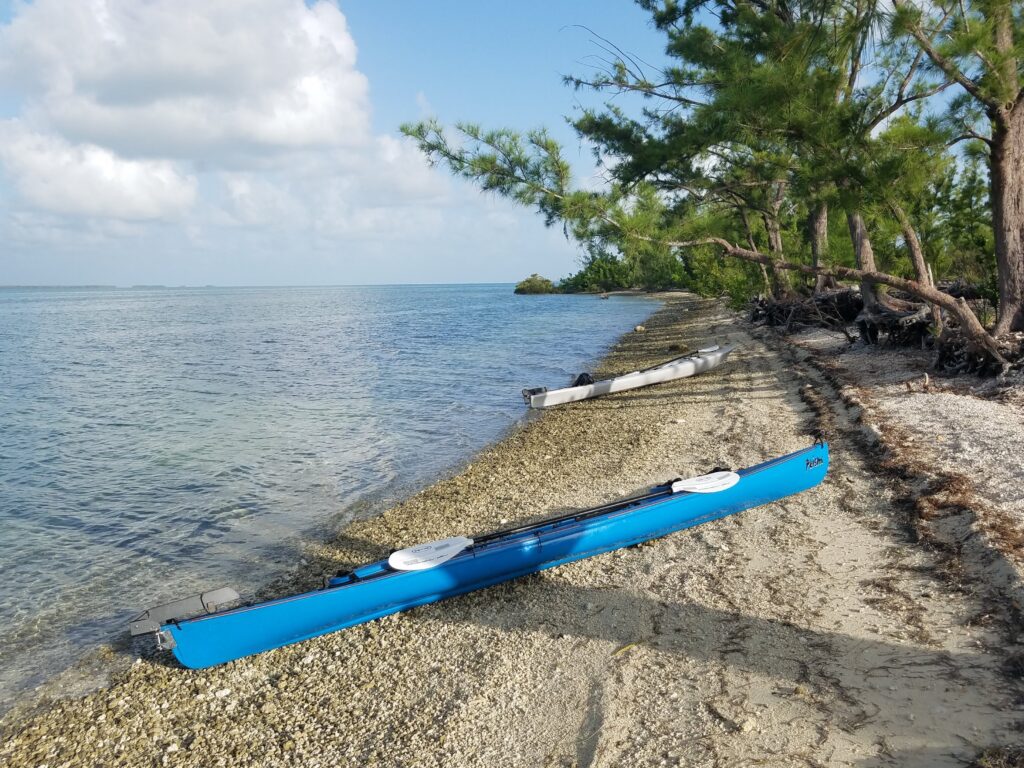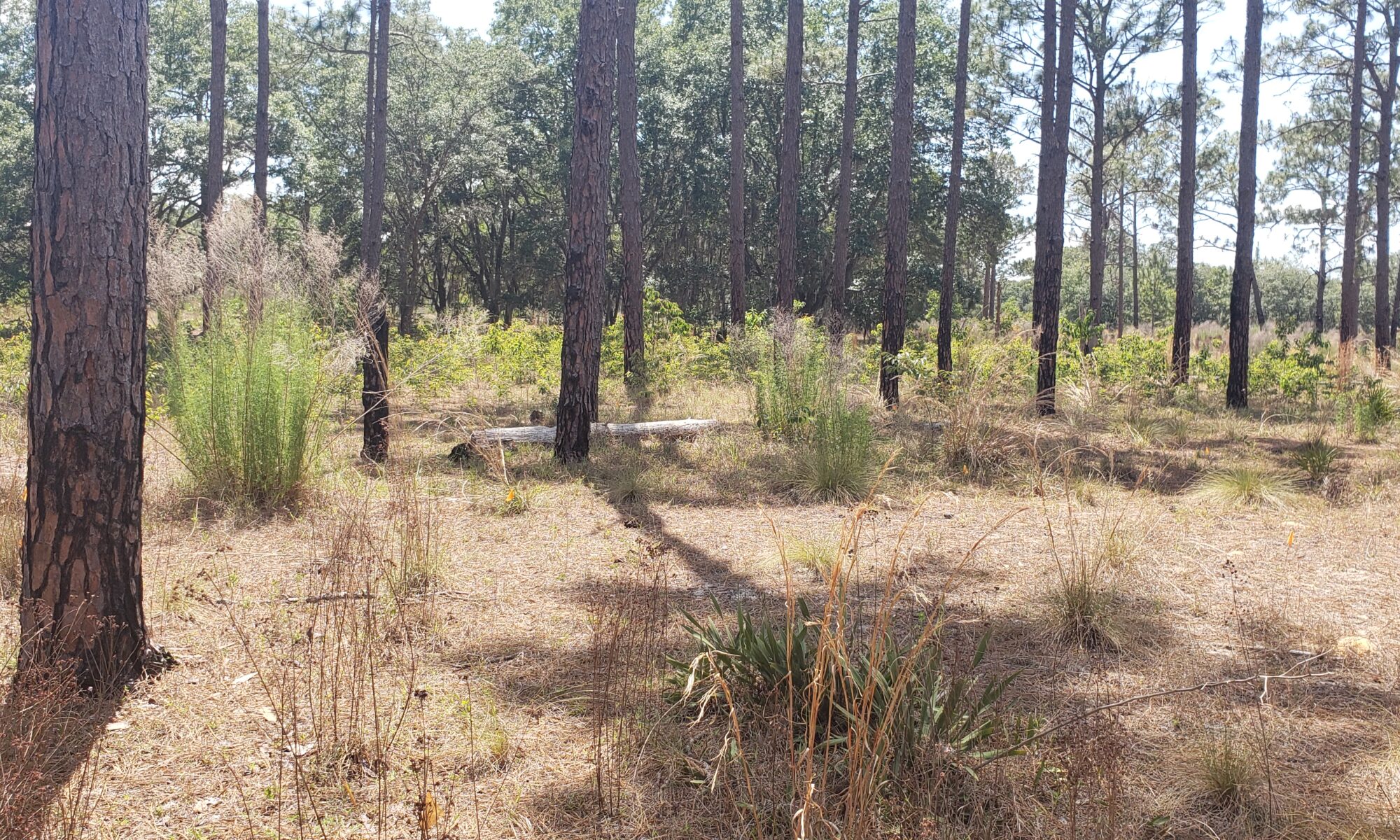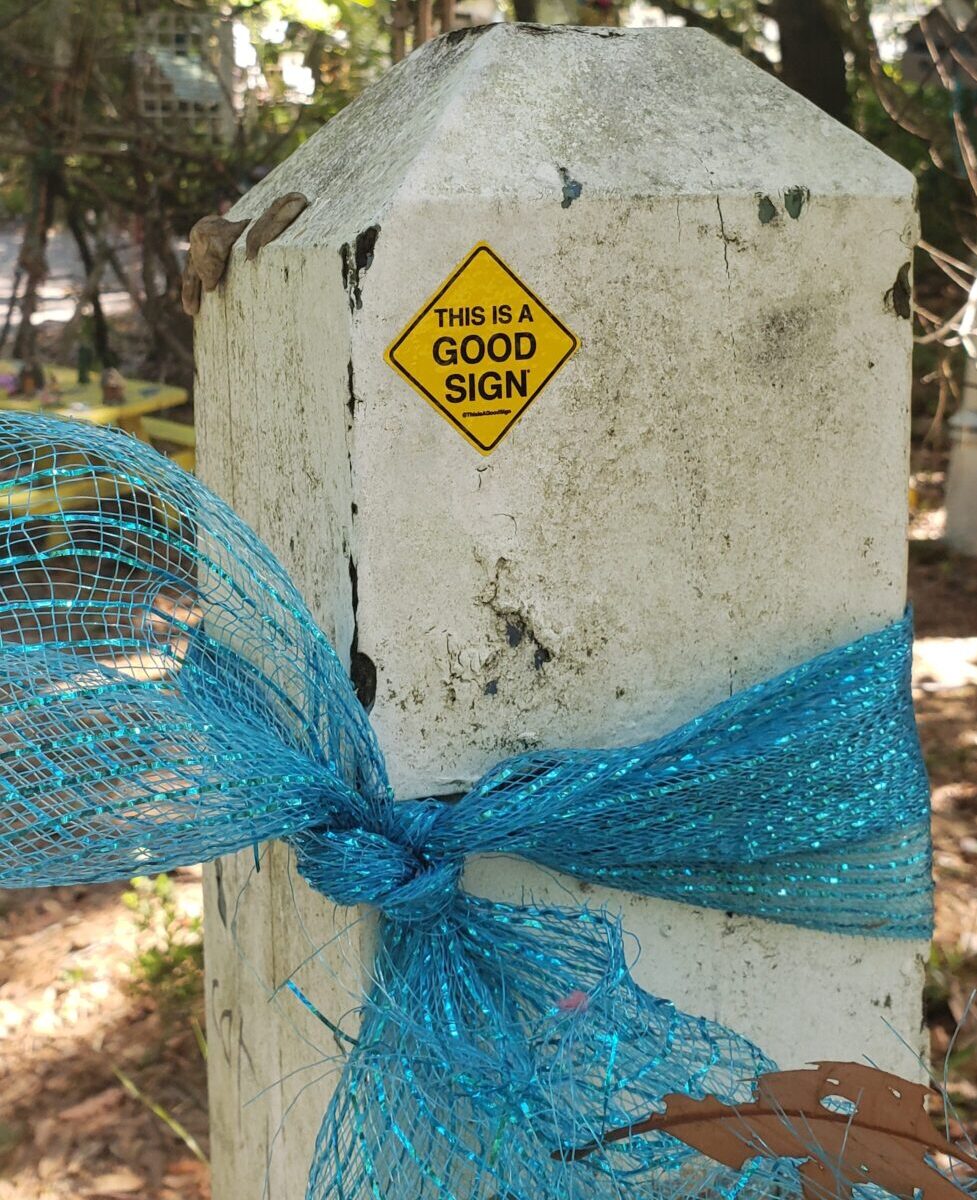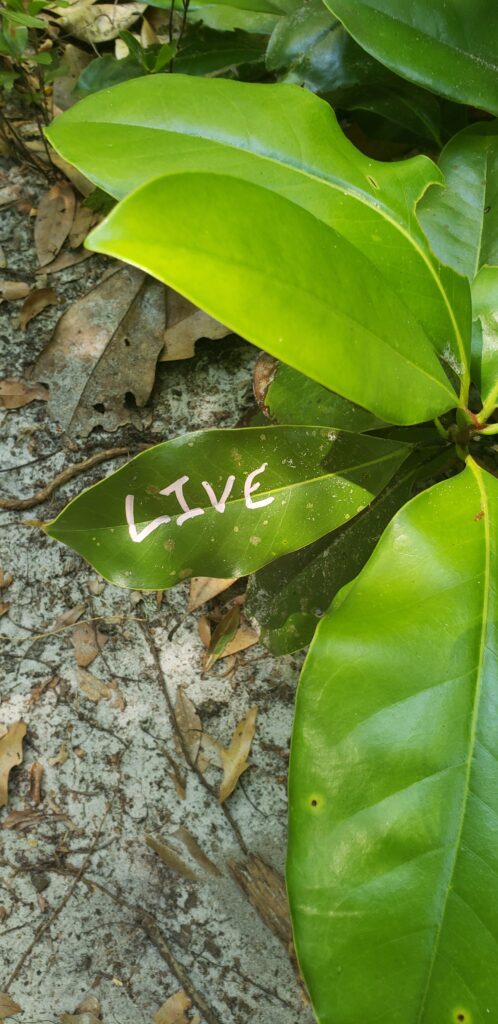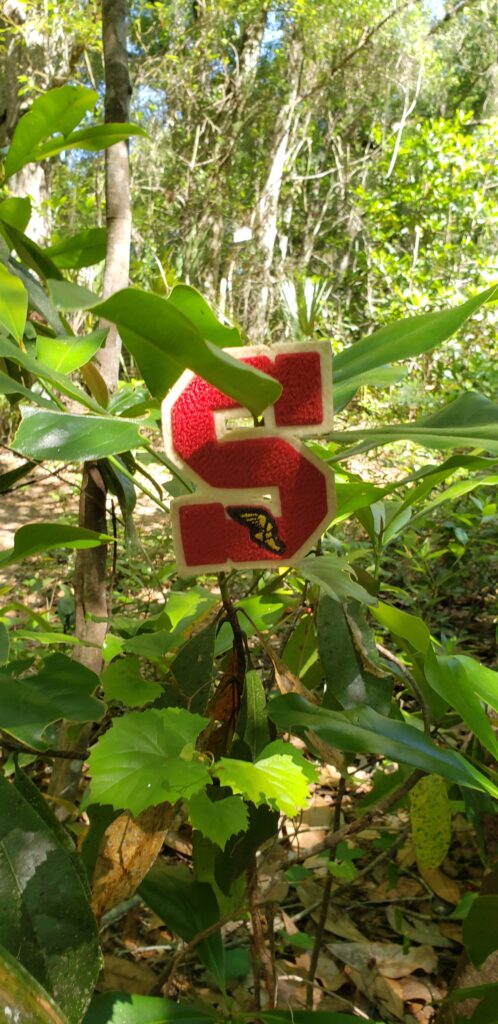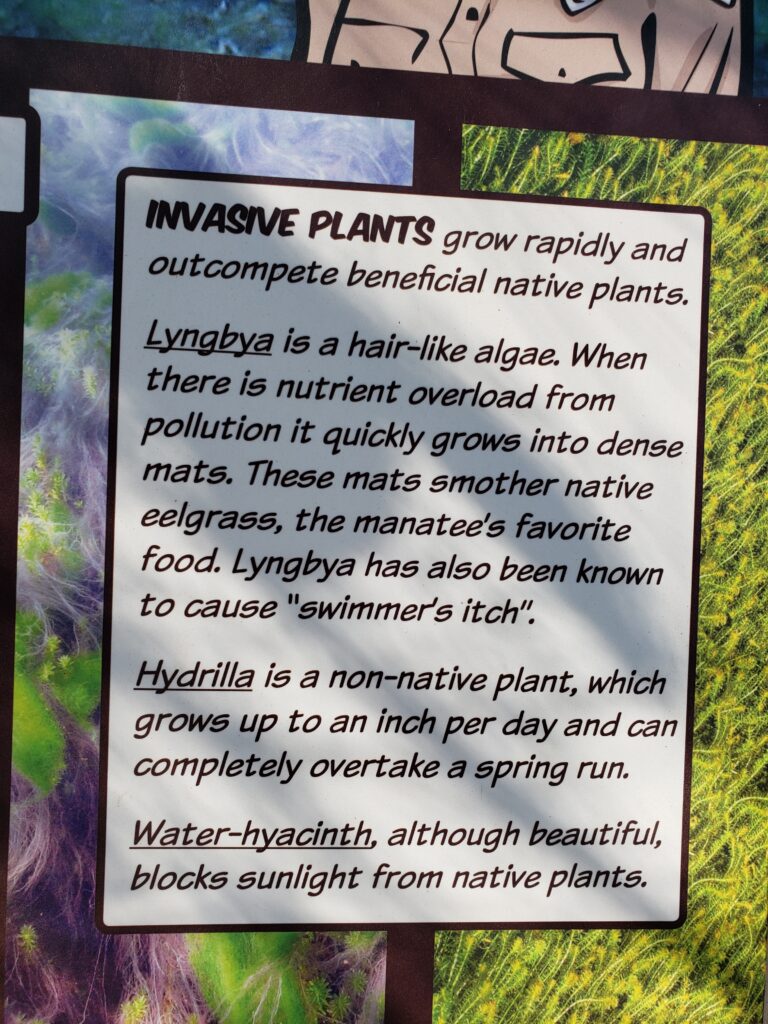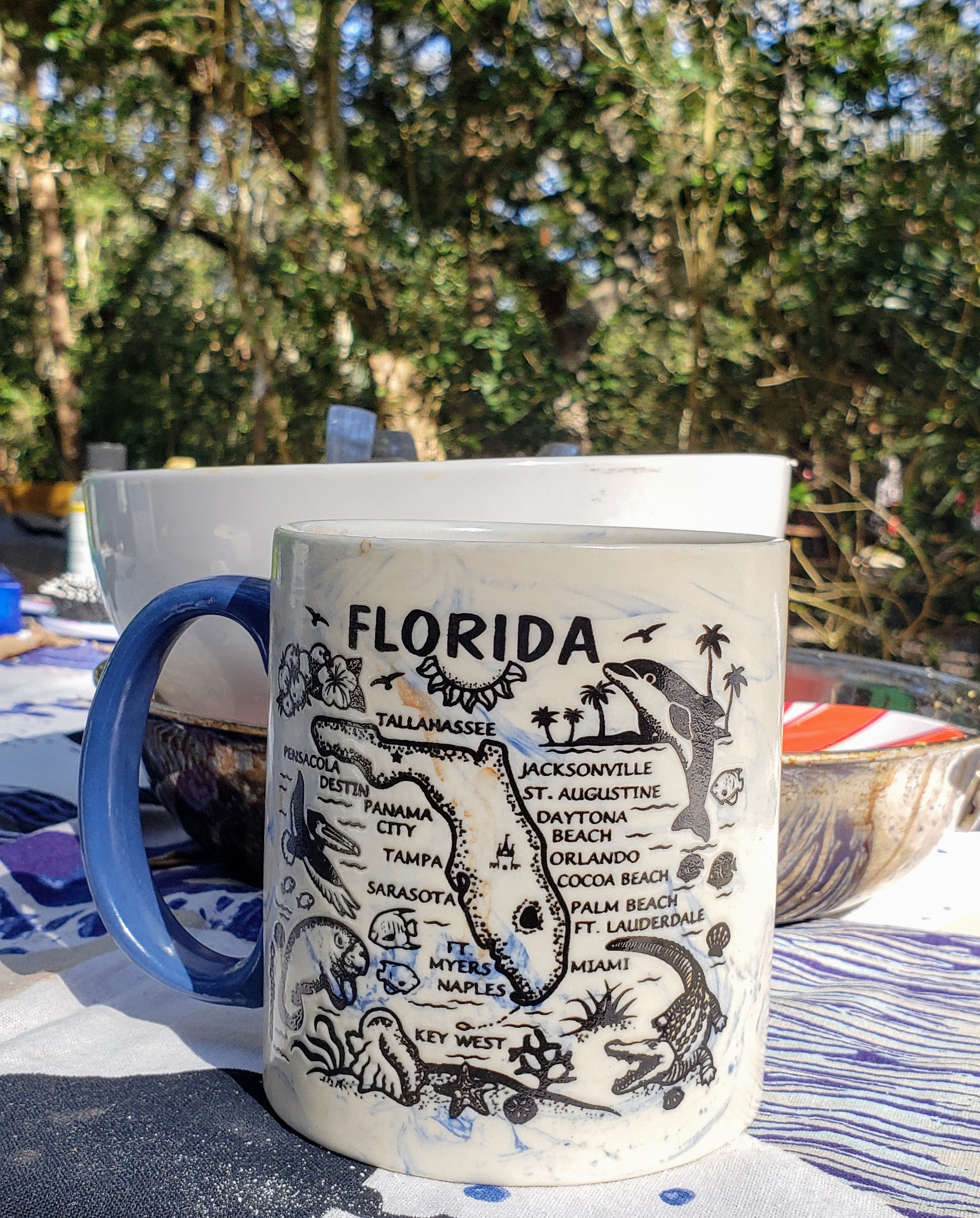The hottest part of summer has settled in, and I really don’t want to be outside too much. Instead, I’m daydreaming about the return of more temperate weather. I have about four months to think about what I want to do when it is pleasant to be outside again. There’s something fun to do in every single county, and some things need doing more than once.
Lessons Learned
Since the start of the pandemic, I’ve camped more than I have in the previous five years, and that trend will continue. But in this same time, I’ve learned some things about what sacrifices I’m just not willing to make. I understand that camping involves living without all the modern conveniences, and that’s fine.
But look, I consider running water a necessity. I need a hot shower at the end of the day and I want to wash my dishes in a sink. I want enough electricity to charge my phone at night because I use it as my camera. Good old Mr. Coffee is the best way to make coffee in the morning. And you know, a flush toilet is a lovely thing. So, unless we buy an RV, I’ll be sticking to campsites with electric and water on-site.
Now that we have THAT settled, here are the five trips I’m daydreaming about.
1. Fort Clinch in Northeast Florida
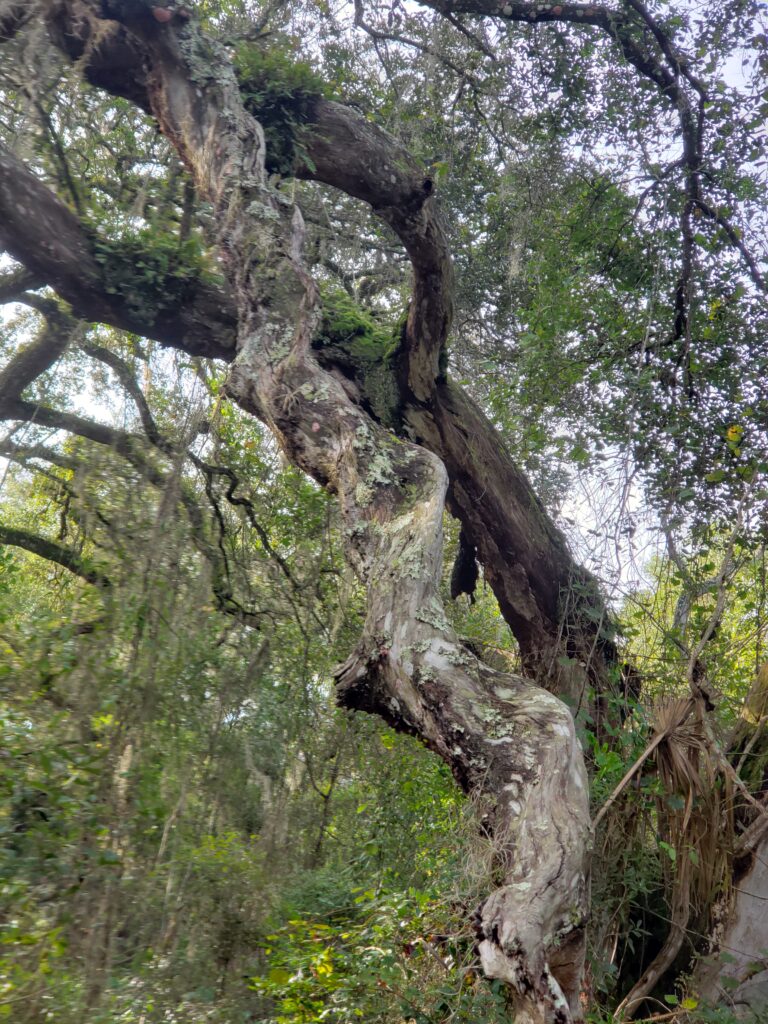
As soon as the evening temperatures are in the low 70s and the humidity is bearable, I’d love to camp at Fort Clinch State Park (https://www.floridastateparks.org/fortclinch), right at the Florida-Georgia state line. With both river and ocean camping loops, it might be worth spending a whole week to make sure we see everything worth seeing. The park is filled with history and hiking trails and there are shark’s teeth on the beach…I think this would be a great spot to spend some time in September or October.
2. Lake Louisa in Central Florida
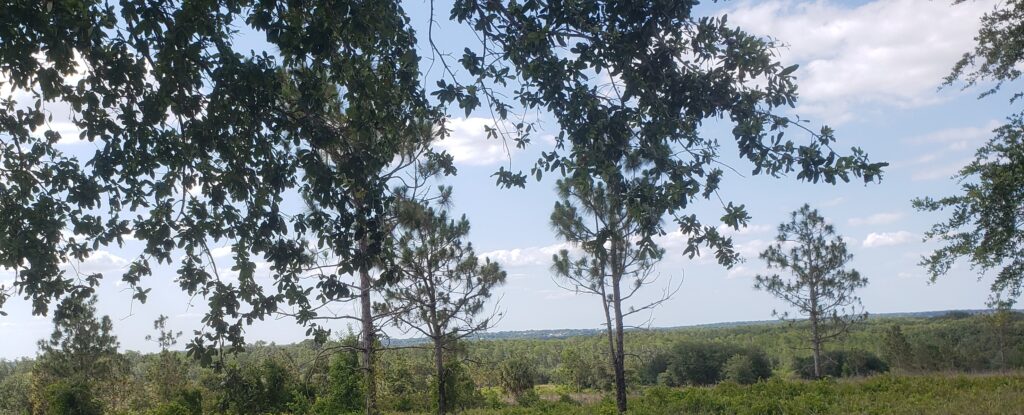
Steve and I have made several day trips to Lake Louisa. We’ve taken kayaking classes on the beautiful lakes and we’ve admired the many native plants that grow here (and have toured some reclamation and rescue areas with the rangers). It is a beautiful park at the north end of the Lake Wales Ridge. The one thing we’ve never done here is stargaze, and I believe I’d love to see the night sky here. I’ve been in the cabins, and they are beautiful – as with all Florida state park cabins, they have two bedrooms, full kitchens, and no television. Heaven!
3. Kissimmee Prairie in South Central Florida
I’m a Florida girl through and through and waking up to see frost at Kissimmee Prairie was a shock to my system. But I can’t get the thought of that magnificent prairie out of my mind, and I’d love to plan a trip during a meteor shower because this is a designated dark sky site.
The first time we camped here, we were impressed with the trails. We camped on an interior site (next time we’ll try for a site open to the prairie) and enjoyed our morning campfires while we waited for the sun to warm things us. I wouldn’t mind another cold weather camping trip here…it made the hiking super enjoyable and the days were warm enough that we could enjoy sitting in camp reading or playing games.
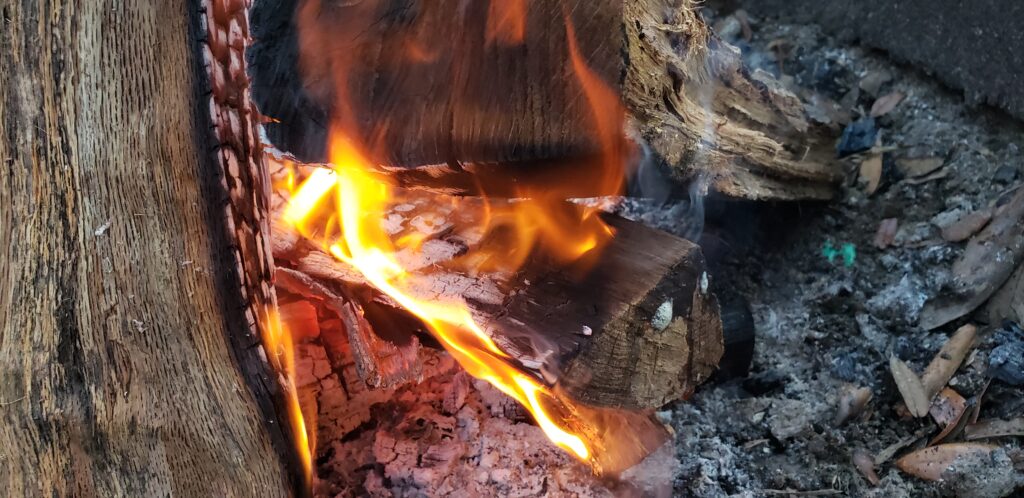
4. Everglades and 10,000 Islands
I want to camp at Collier Seminole State Park anytime I can, and thoroughly explore the Everglades and 10,000 Islands. I’d love to return to Delnor Wiggins Pass, too, and spend another day at the beach. When I camp there again, I will be sure to do a “wet hike” through the Fackahatchee Strand. I think this might be the most exciting area of Florida.
If I ever leave Central Florida, this is the area I’d love to investigate as a new home. Naples, which is congested and very expensive, is not at the top of my list, but I’d maybe look around Ochopee. I know, I know…it is soooo hot there so much of the year. But those swamps make my heart so happy!
5. Camping Across the Panhandle
I want to camp my way across the Panhandle from West to East, starting at Perdido Key/Big Lagoon and ending as close to Cedar Key as possible. Two or three nights at each site, maybe over a two- or three-week time period. This would be a lovely trip for late spring, when there are orchids all over the dang place at Tarkiln Bayou and pitcher plants are blooming in the Apalachicola National Forest. Is this part of the state more exciting than southwest Florida? I honestly don’t know. Perhaps a back-to-back trip is in order to compare the two.
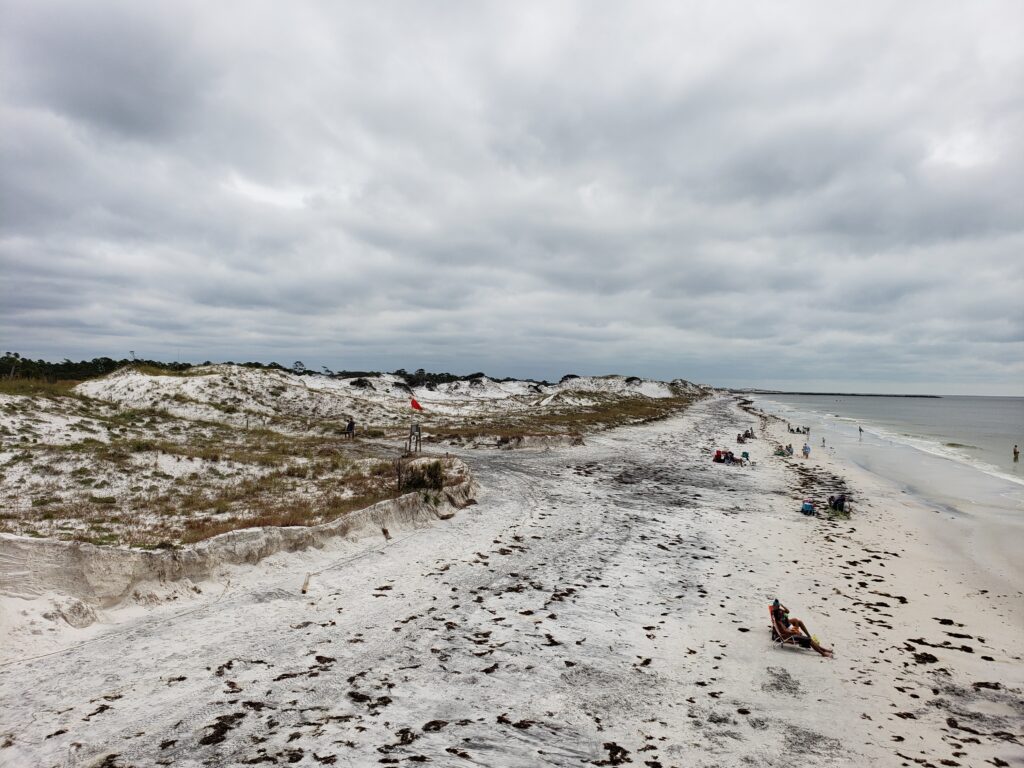
In the meantime, I’m going to be enjoying the pool and planning some new camping menus. How do you get through the long, hot summer?
